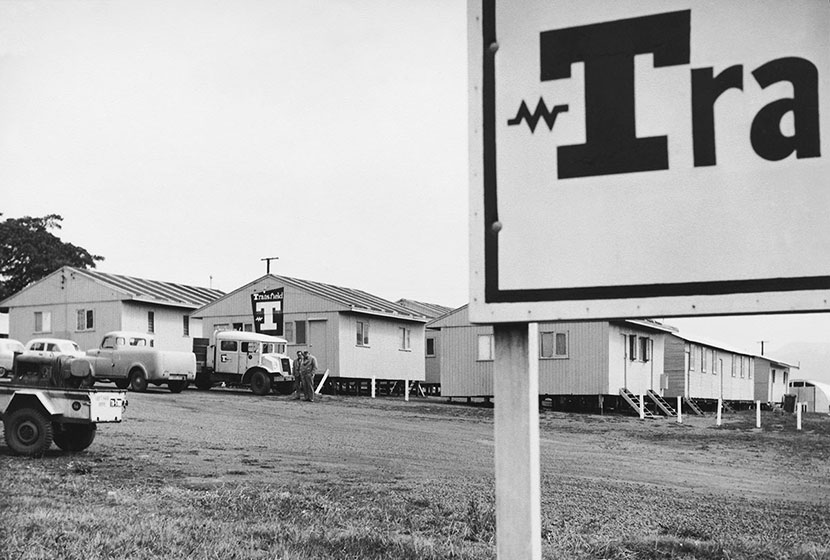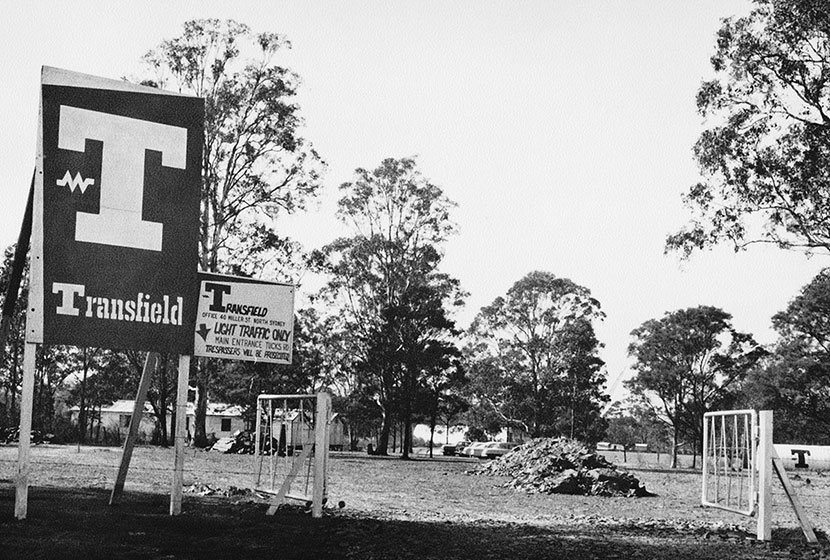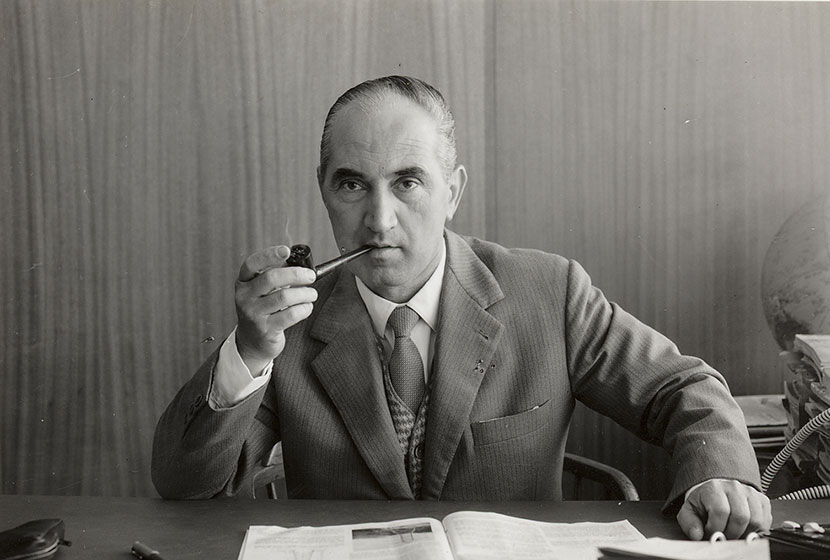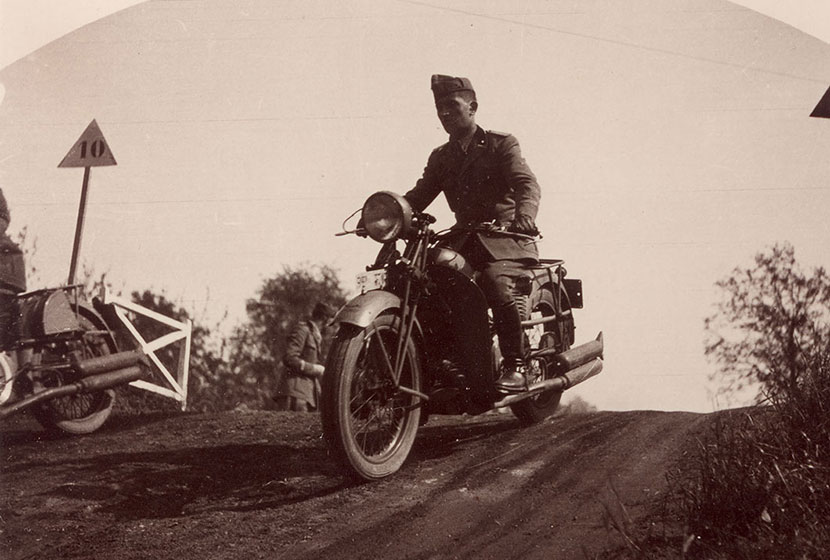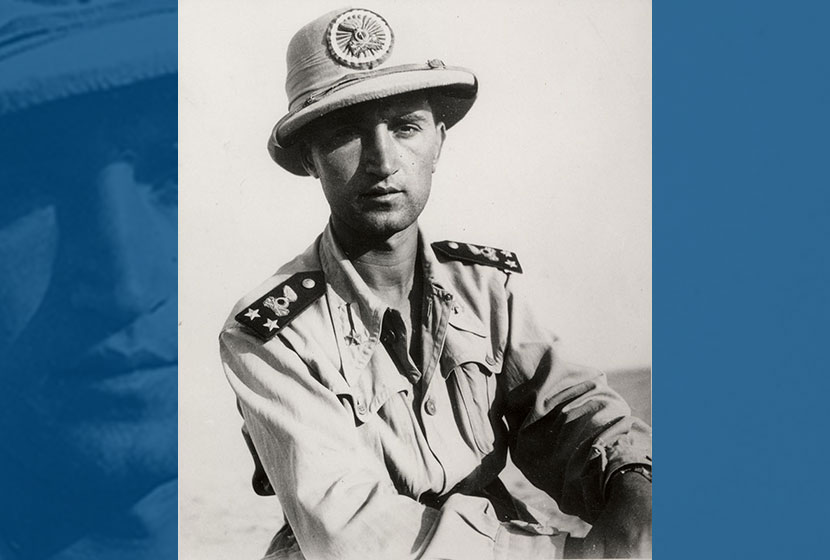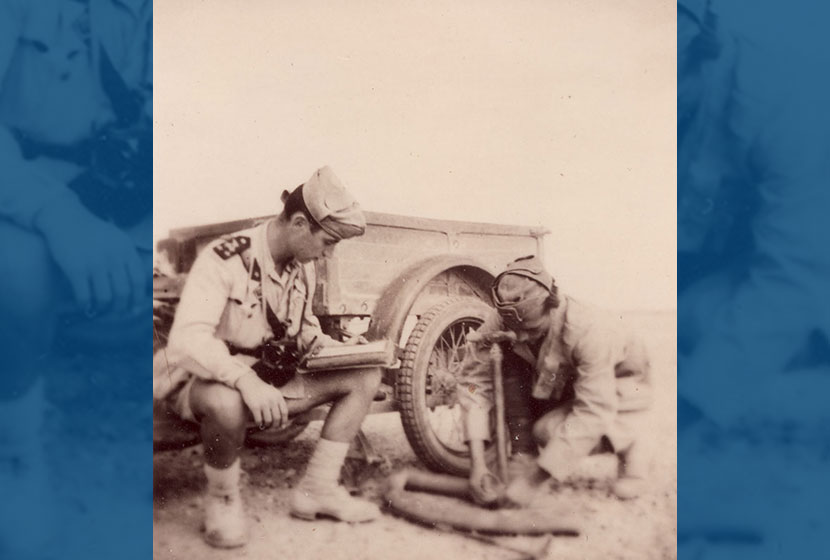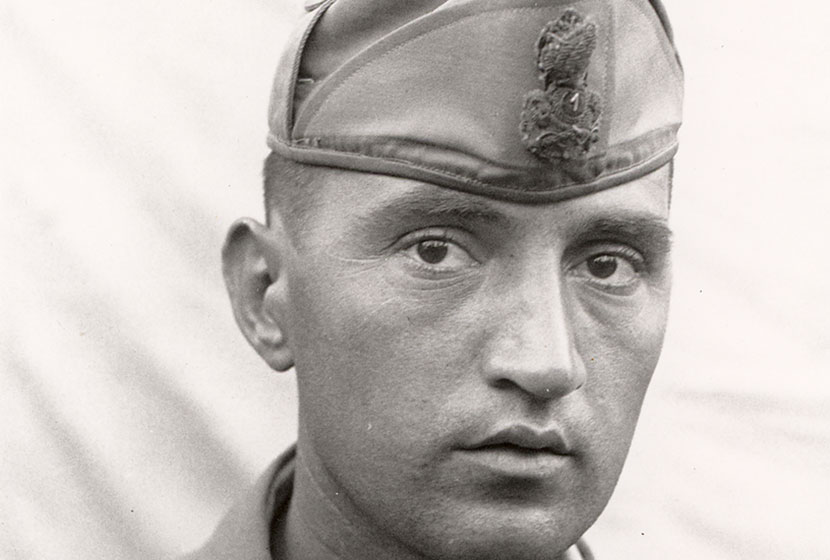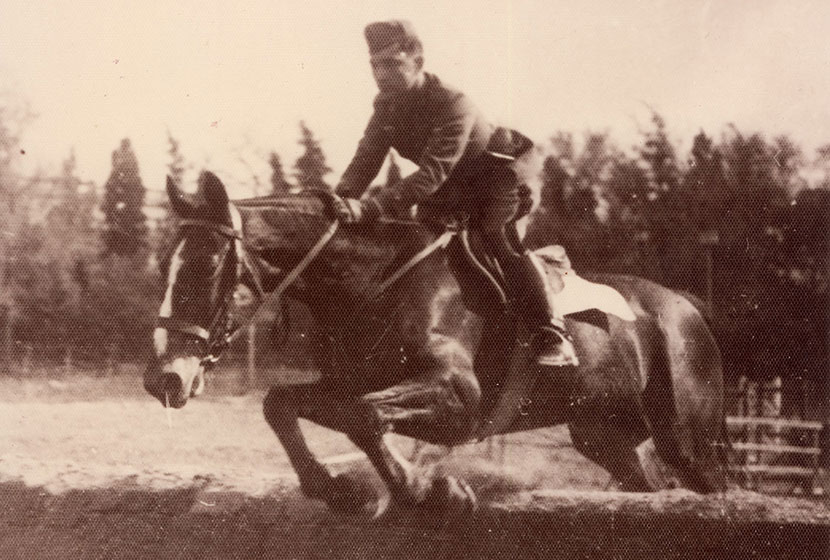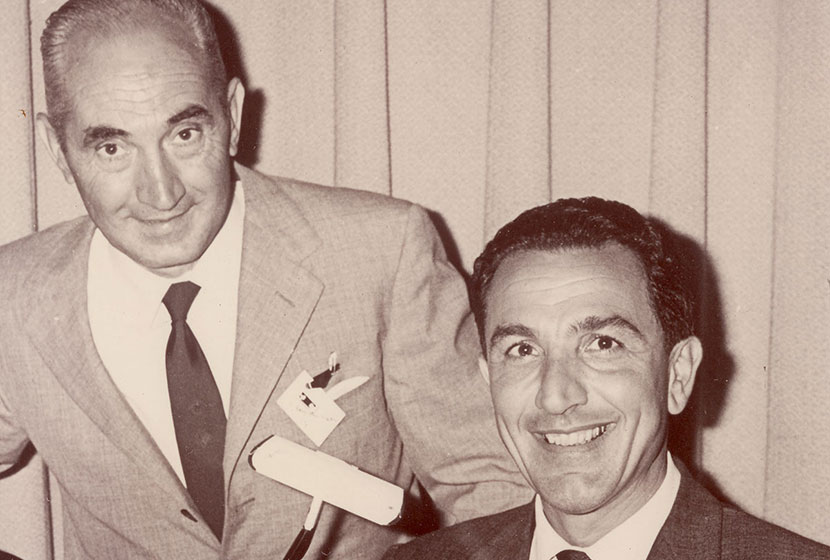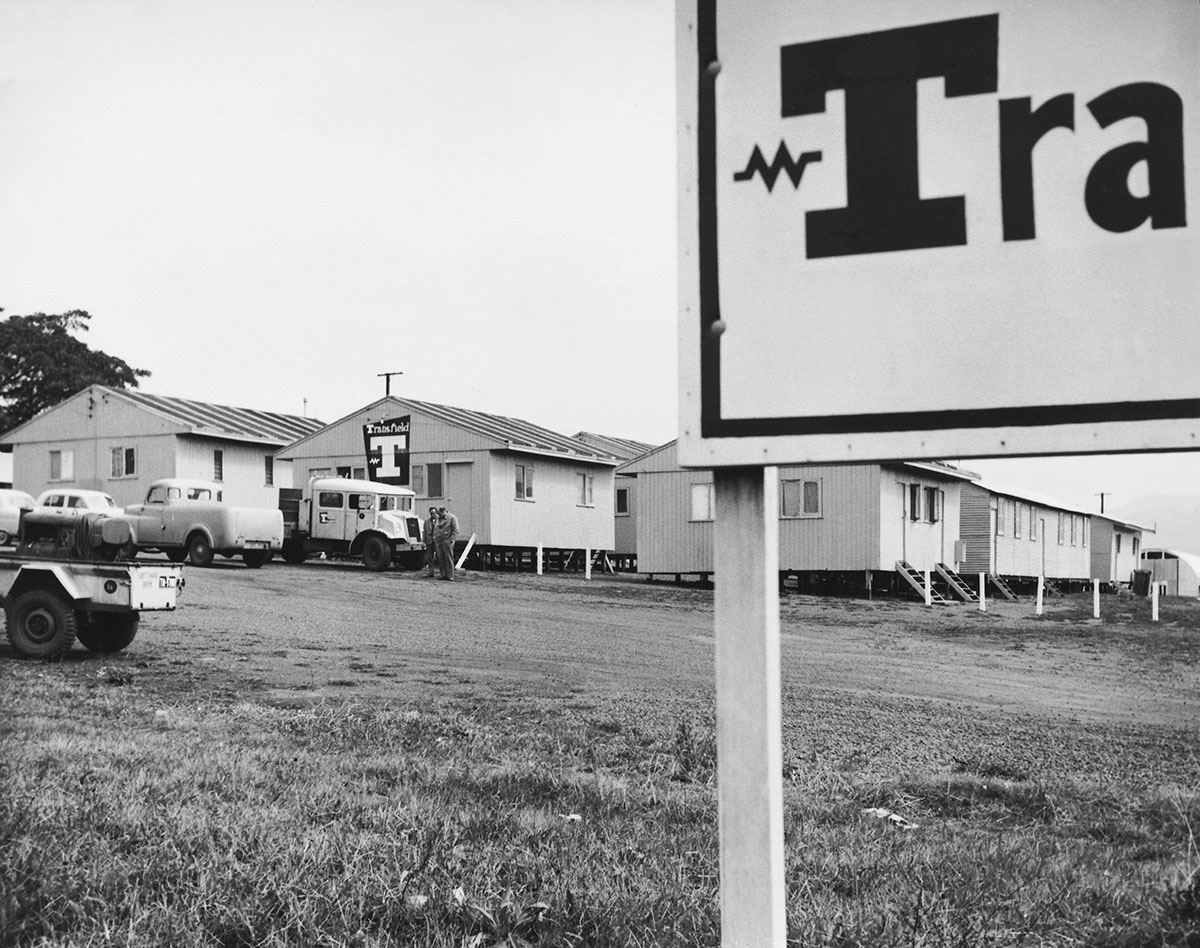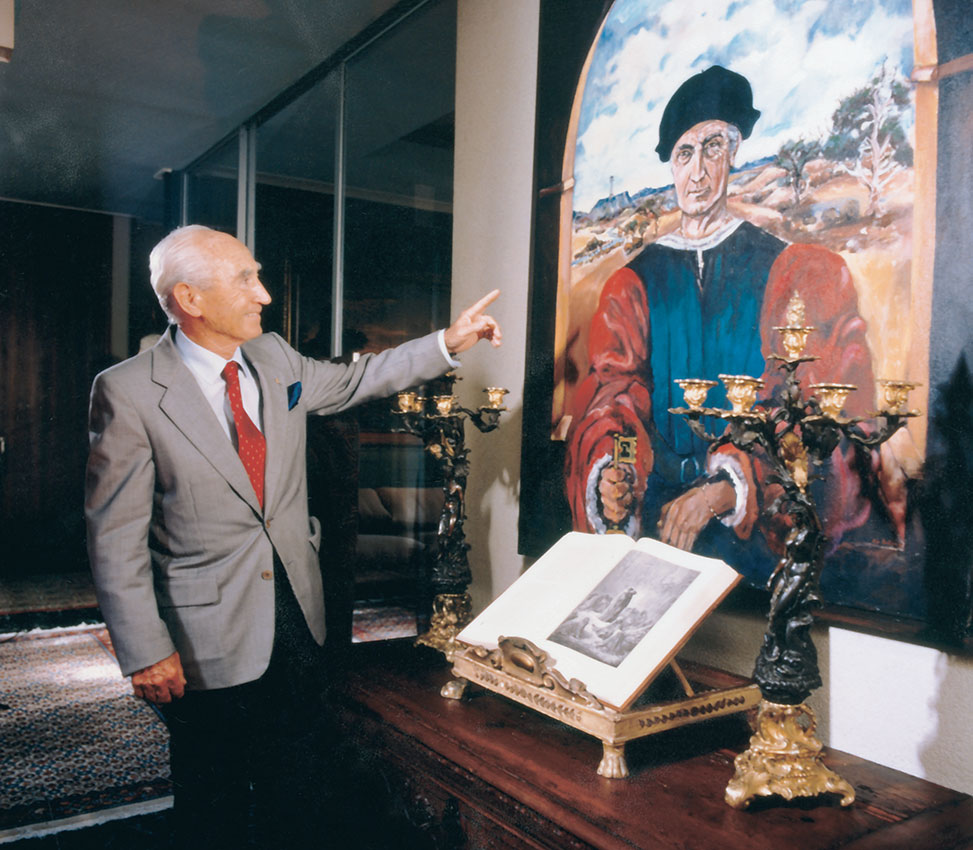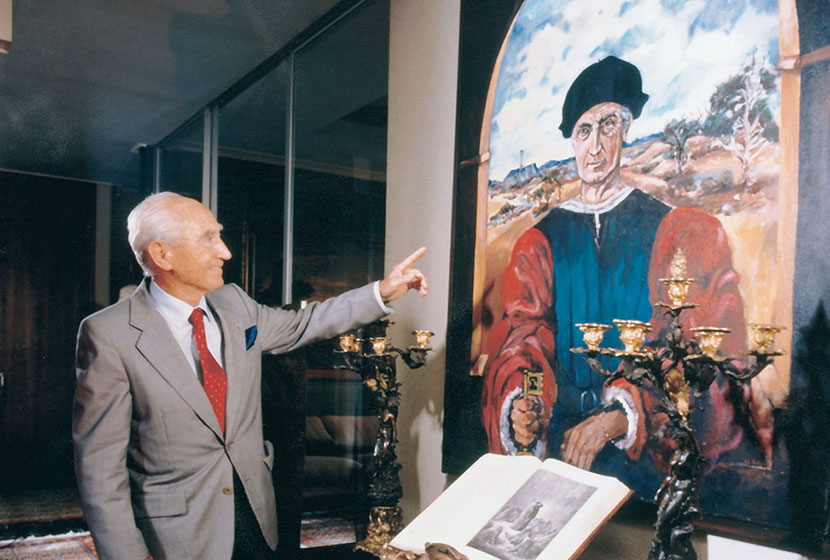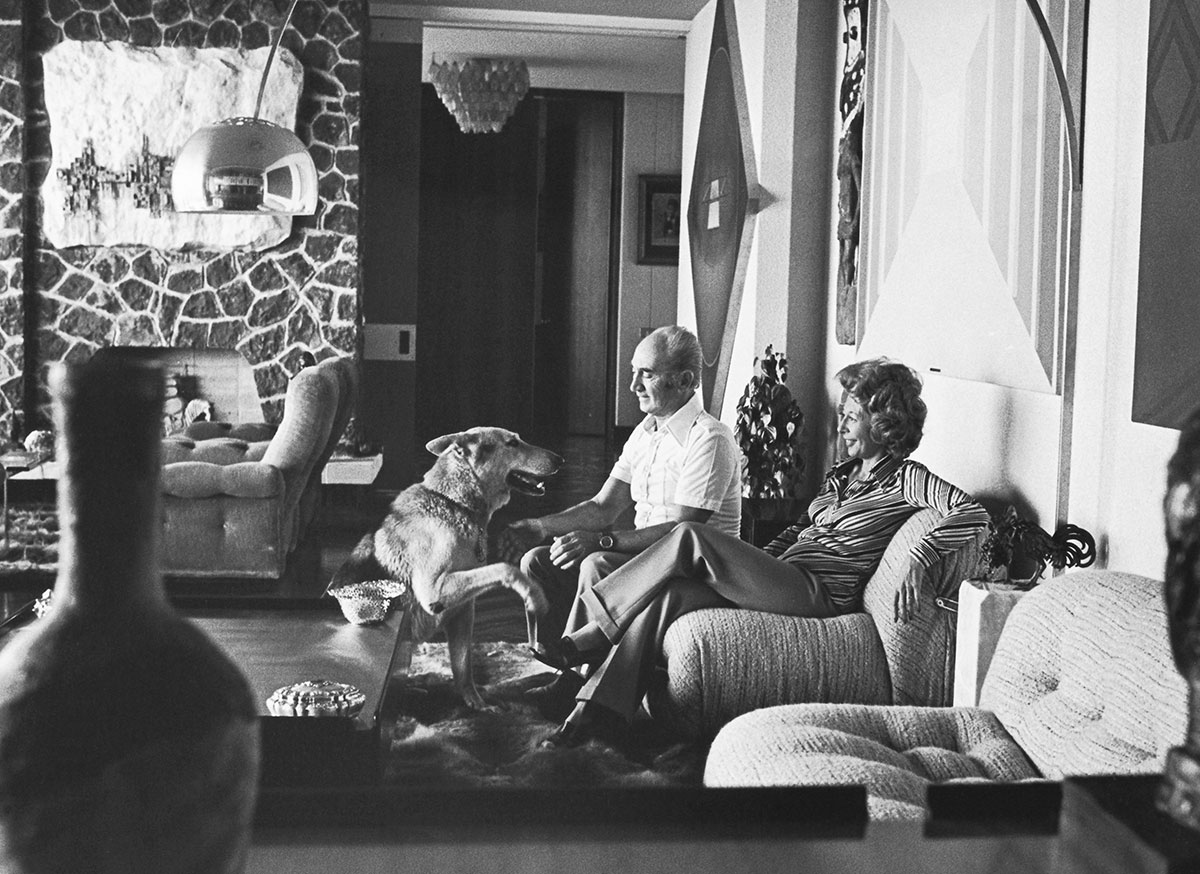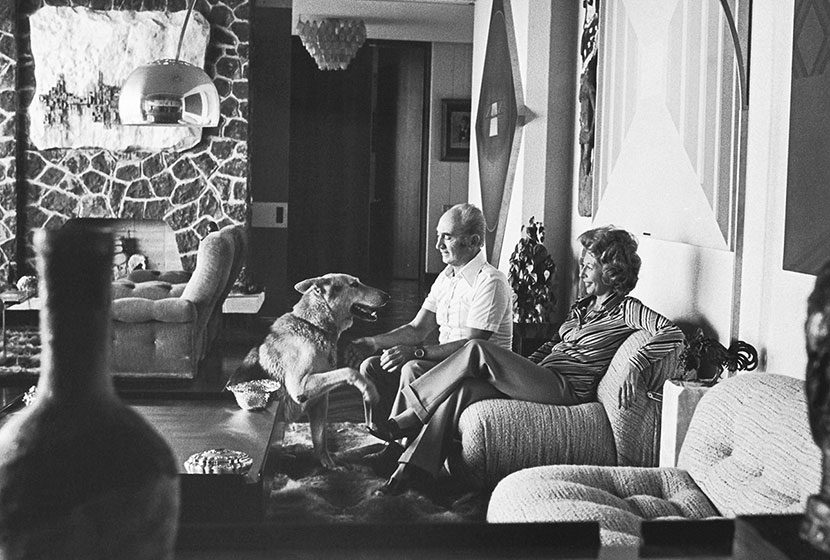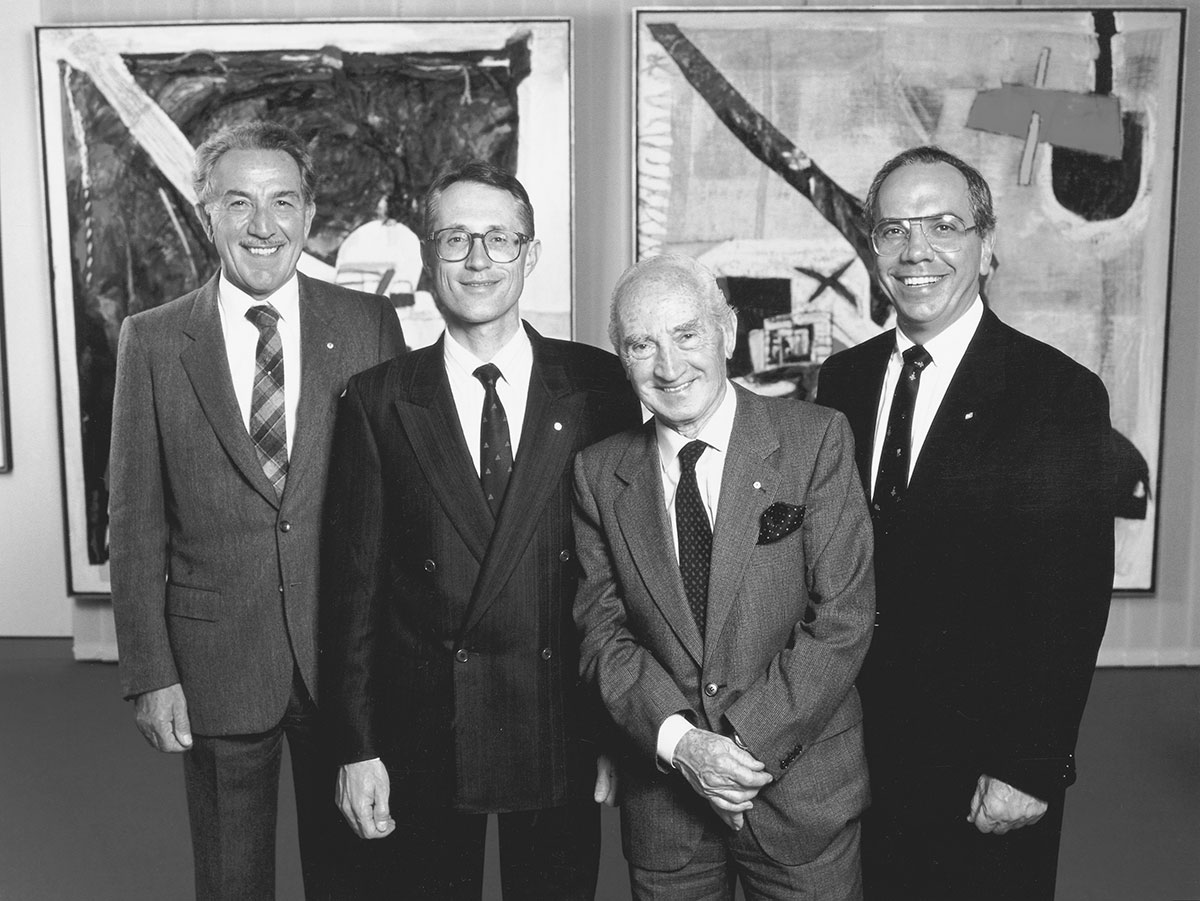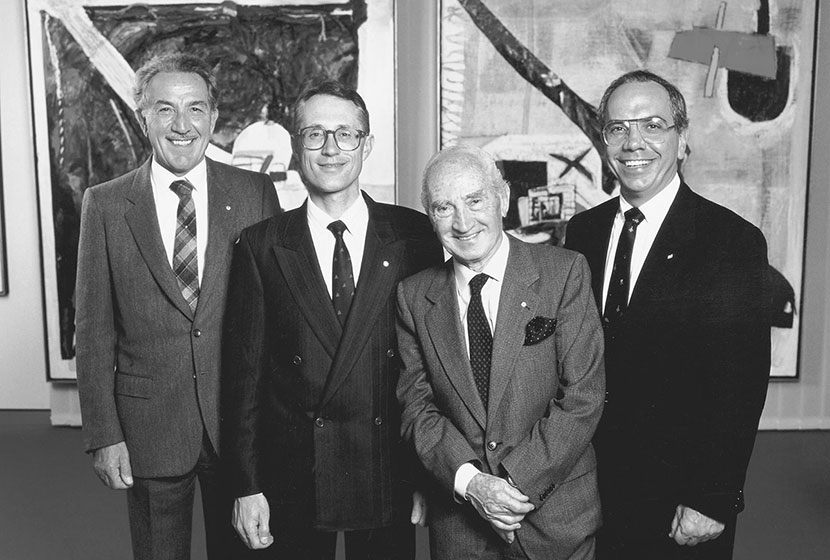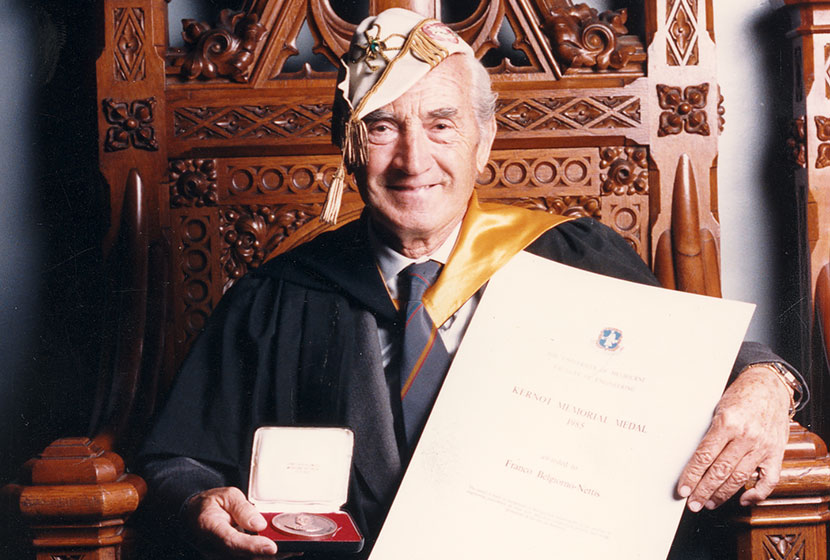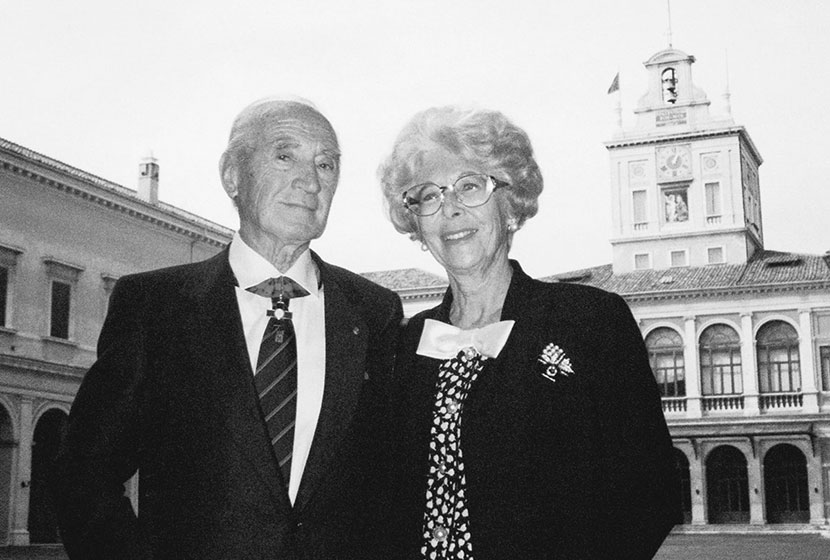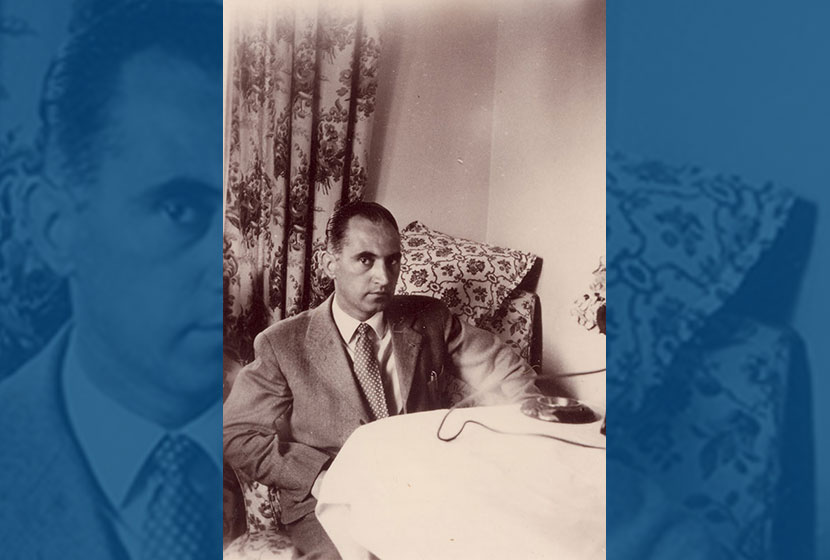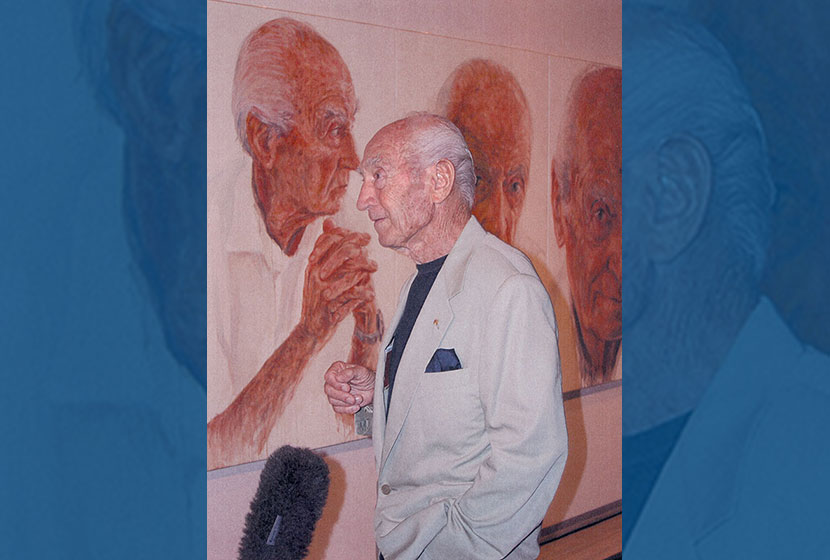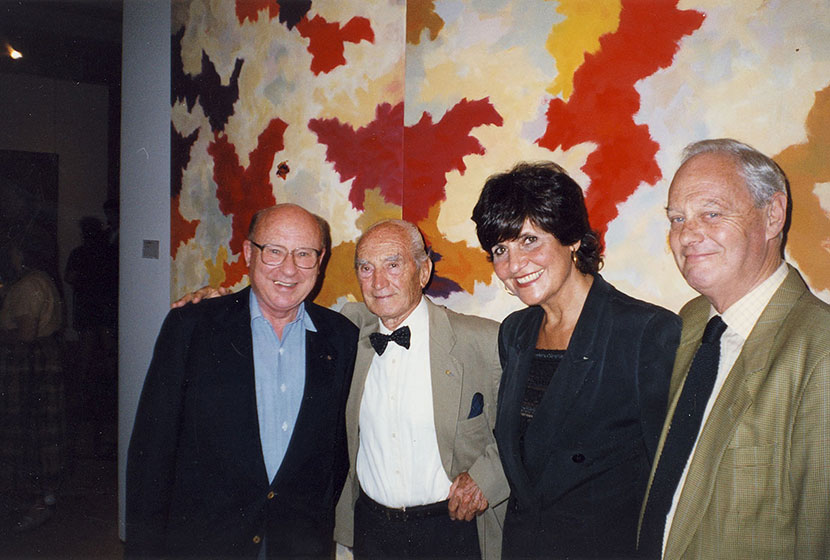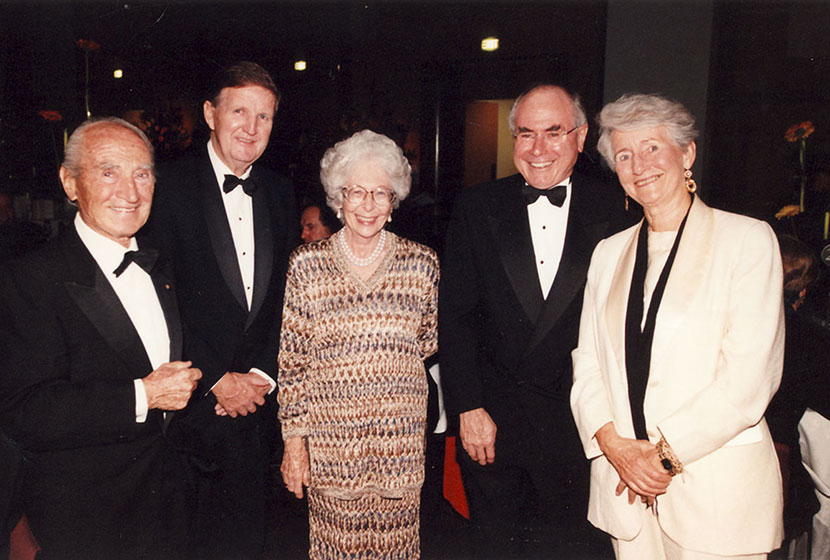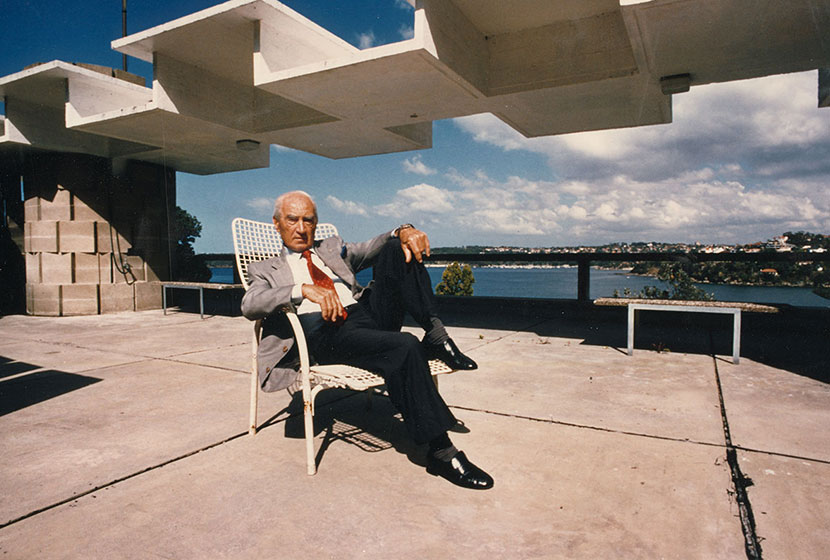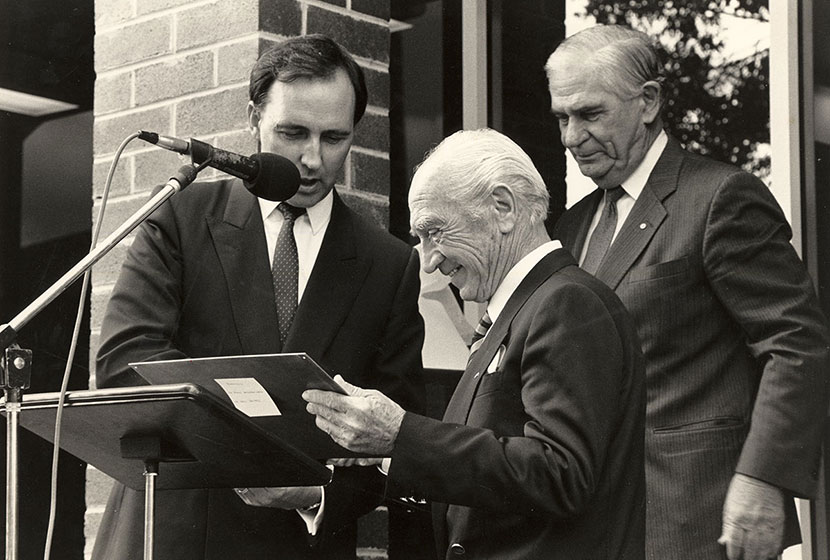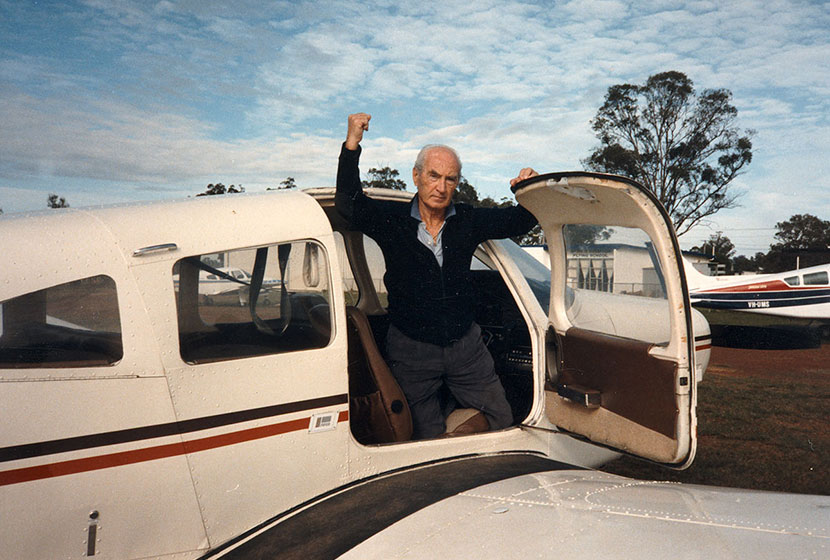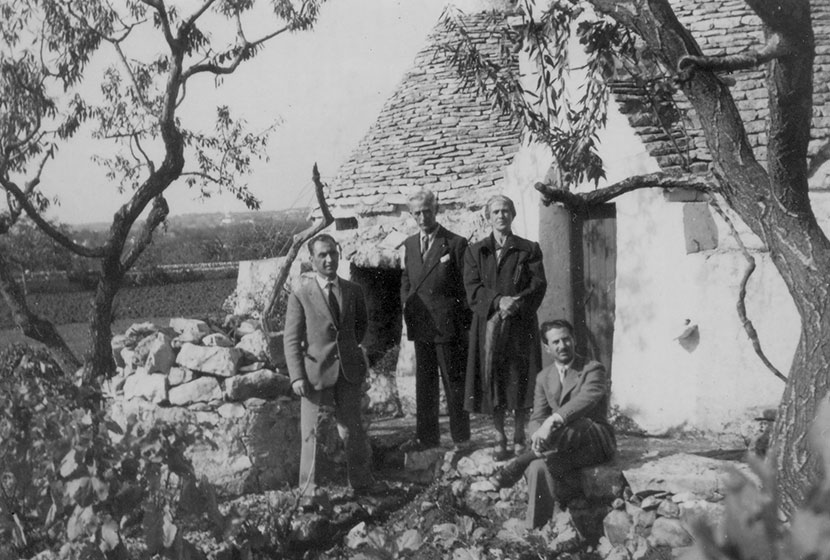The beginning was modest. Franco recounted that "I had to collect all my tools from my home and bring them to the site in Port Kembla, even the forks and spoons to give to the first people to start eating".
Transfield quickly developed into a serious player in Australia's engineering contracting business. In 1957 they purchased the site at Seven Hills, Sydney, where they would build their main factory, and in 1958 the subsidiary construction company SABEMO was established.
During the same year Transfield was awarded the contract for the construction of the longest power line in Australia, and in 1960 the company entered the competitive field of power generation by winning the bid for the construction of the Barron River Hydro Electric Extension Scheme, in Queensland.
Page Media
